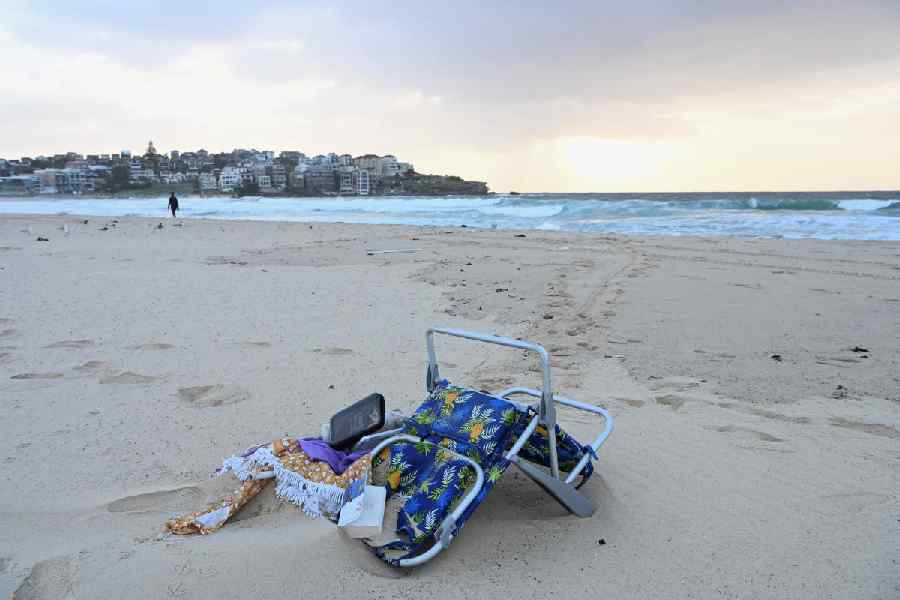The city’s hospitals are full and a large number of patients are suffering from chest infections, doctors and officials said.
At several private hospitals on Tuesday, designated wards for pulmonary care were full, and patients with respiratory infections were spilling over to other wards, sources said.
Doctors said that many patients initially had influenza, which impacts the respiratory system and, in several cases, is severe enough to require hospitalisation.
The number of influenza cases this monsoon seems to be more compared to the past few years, which is also filling hospital beds faster, doctors said.
One of the reasons behind this could be a strain of influenza virus that was less active over the past few years and has become the predominant strain this year.
Temperature fluctuations and humidity help the influenza virus thrive, and bring illness to those suffering from pre-existing lung conditions.
The Telegraph had reported last week that hospitals across the city were facing a scarcity of beds due to a spurt in the number of patients. Those seeking admission had to wait for hours in the emergency wards.
“The present weather conditions are favourable for the influenza virus to replicate and infect. The virus is affecting the respiratory system, and in many cases, it is very severe, leading to hospital admissions,” said Chandramouli Bhattacharya, infectious diseases expert at Peerless Hospital. He said a large number of patients getting admitted had not taken the influenza vaccine.
“This year, we are seeing the predominance of the H3N2 strain of the Influenza A virus. Last few years, we saw the predominance of the H1N1 virus. This could be one of the reasons for the widespread infections,” said Bhattacharya.
“Those who are unvaccinated but were exposed to the H1N1 strain have developed immunity to the virus. But the exposure to the H3N2 strain has probably made them vulnerable,” he pointed out.
Peerless Hospital now has around 100 patients admitted with respiratory infections, said Sudipta Mitra, the hospital’s chief executive. Usually, the number would be around 20 on average, he said.
Other doctors are also reporting the dominance of the H3N2 variant of the influenza virus.
“Among the patients coming with fever and respiratory distress, we are finding almost everyone with the Influenza H3N2 strain. Those with comorbidities need admissions,” said Amitabha Saha, director of critical care medicine at Desun Hospital.
At RN Tagore International Institute of Cardiac Sciences, run by the Narayana Health Group, the pulmonary care ward is full.
There are at present 30 patients admitted with respiratory distress in the hospital’s general ward, high dependency unit, and critical care unit, said an official. Usually, the number is between 15 and 20.
“The pulmonary ward has eight beds, but we have 12 patients. So some of the patients have to be admitted to other wards,” said the official.
“Every year during the monsoon, we see a spurt in respiratory infections, but this year the cases are visibly more. We ask people to take influenza vaccines. Also, elderly people and those with comorbidities like COPD should take measures like wearing masks and keeping away from family members who are suffering from viral fever,” said Saurabh Maji, pulmonologist and critical care expert at RN Tagore hospital.
At Fortis Hospitals Anandapur, 60 patients are admitted with respiratory infections, said an official. The number normally is around 45.
“We have 10 beds in the respiratory care unit and 13 in the respiratory intensive care unit. But the number of patients with respiratory distress is far higher. Many patients have been admitted to other wards,” the Fortis official said.
Rupak Barua, MD and CEO of Woodlands Multispecialty Hospital, said apart from patients with chest infections, they were seeing a rise in surgery cases.
“This is the time when people tend to get their pre-planned surgeries and procedures done,” said Barua.










